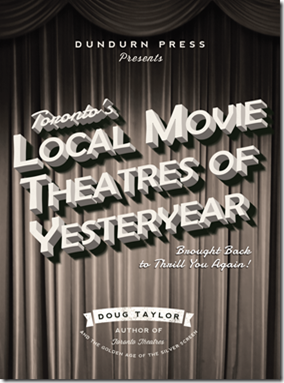The Westinghouse Building at the corner of King and Peter Streets
On the southeast corner of King Street West and Peter Street, in Toronto’s entertainment district, is the Westinghouse Building. It is one of the finest examples of the industrial buildings that appeared in the downtown area during the 1920s, a decade in which the city’s economy was booming. The simple but impressive facade of the building reflects this prosperity, its doorway more appropriate for that of wealthy financial institution. In some respects, the structure is more attractive than the Art Deco warehouses on Spadina Avenue, only a few blocks away.
In the early decades of the 19th century, King Street was Toronto’s fashionable shopping district. As the city expanded westward, fine homes appeared. However, in the decades ahead, residents of the city relocated northward. King Street slowly became industrial, as it was close to the harbour and the railway lines for exporting and importing goods. By the 1870s and 1880s, many large factories and warehouses appeared on King Street. The Gurney Iron Works, west of Spadina, is one of the best examples. The multi-colour brick buildings remain in existence today, recycled to house chic restaurants and shops.
The Westinghouse building today has the postal address 355 King Street. However, even as late as the mid-1920s, the site contained four working-class homes, their postal numbers 349 to 355 King Street. It is likely those who lived in the houses were renting, as the occupants changed frequently.
In 1920, at 349 King Street was Lawrence Guay , at 351 King St. lived George Porter, at 353 King Street was Peter Brady, a fireman working at the City Abattoir, and at 355 King Street was Frank Hopper, a labourer
During the years ahead, the occupants of the houses continually changed, and in 1927, at 349 King St. was Thomas MacWilliams. At 351 King St. was William Bannerman, a stationary engraver, while the houses at 353 King St. and 355 King St. were vacant
In 1928, the City Directory reveals that on the property where the fours houses were located was the Canadian Westinghouse Company Ltd., manufacturers of electrical equipment. The founder of the company was George Westinghouse.
Gazing south on Peter Street toward the Westinghouse Building (left photo) and the impressive doorway of the Westinghouse Building (right photo)
King Street West, between University Avenue and Bathurst Street is now the main artery of the city’s Entertainment District. Many up-scale restaurants and clubs are located on this narrow street, which hums day and night. The TIFF Bell Lightbox has greatly enhanced the number of visitors to the area, and King Street is the centre of the annual Toronto Film Festival. Many people are desirous of living close to these exciting venues, causing condos to proliferate on King Street and the surrounding avenues. The Westinghouse Building is soon to become incorporated into a high rise condo named “King Blue.”
These pictures of the proposed condo show the Westinghouse Building on the southwest corner of the development. The builder states that the plans for “King Blue” will undoubtedly change before the plans are finalized.
To view the Home Page for this blog: https://tayloronhistory.com/
For more information about the topics explored on this blog:
https://tayloronhistory.com/2016/03/02/tayloronhistory-comcheck-it-out/
The publication entitled, “Toronto’s Theatres and the Golden Age of the Silver Screen,” was written by the author of this blog. It explores 50 of Toronto’s old theatres and contains over 80 archival photographs of the facades, marquees and interiors of the theatres. It relates anecdotes and stories by the author and others who experienced these grand old movie houses.
To place an order for this book:
Book also available in Chapter/Indigo, the Bell Lightbox Book Shop, and by phoning University of Toronto Press, Distribution: 416-667-7791 (ISBN 978.1.62619.450.2)
Another book, published by Dundurn Press, containing 80 of Toronto’s former movie theatres will be released in June, 2016. It is entitled, “Toronto’s Movie Theatres of Yesteryear—Brought Back to Thrill You Again.” It contains over 125 archival photographs and relates interesting anecdotes about these grand old theatres and their fascinating histories.
Another publication, “Toronto Then and Now,” published by Pavilion Press (London, England) explores 75 of the city’s heritage sites. This book will be released in June 2016. For further information follow the link to Amazon.com here or contact the publisher directly by the link shown below:
http://www.ipgbook.com/toronto–then-and-now—products-9781910904077.php?page_id=21.
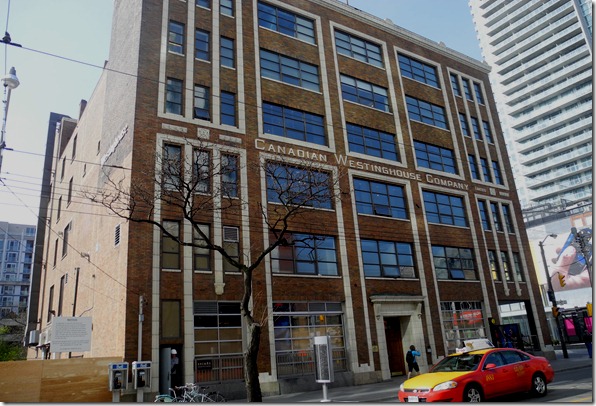
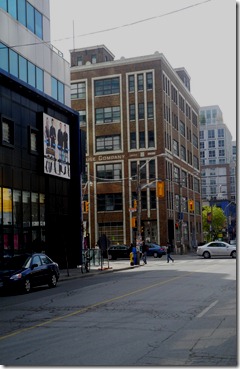
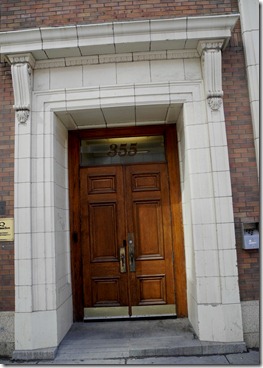
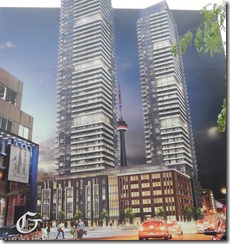
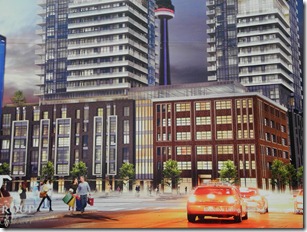
![cid_E474E4F9-11FC-42C9-AAAD-1B66D852[2] cid_E474E4F9-11FC-42C9-AAAD-1B66D852[2]](https://tayloronhistory.com/wp-content/uploads/2016/04/cid_e474e4f9-11fc-42c9-aaad-1b66d8522_thumb3.jpg)
